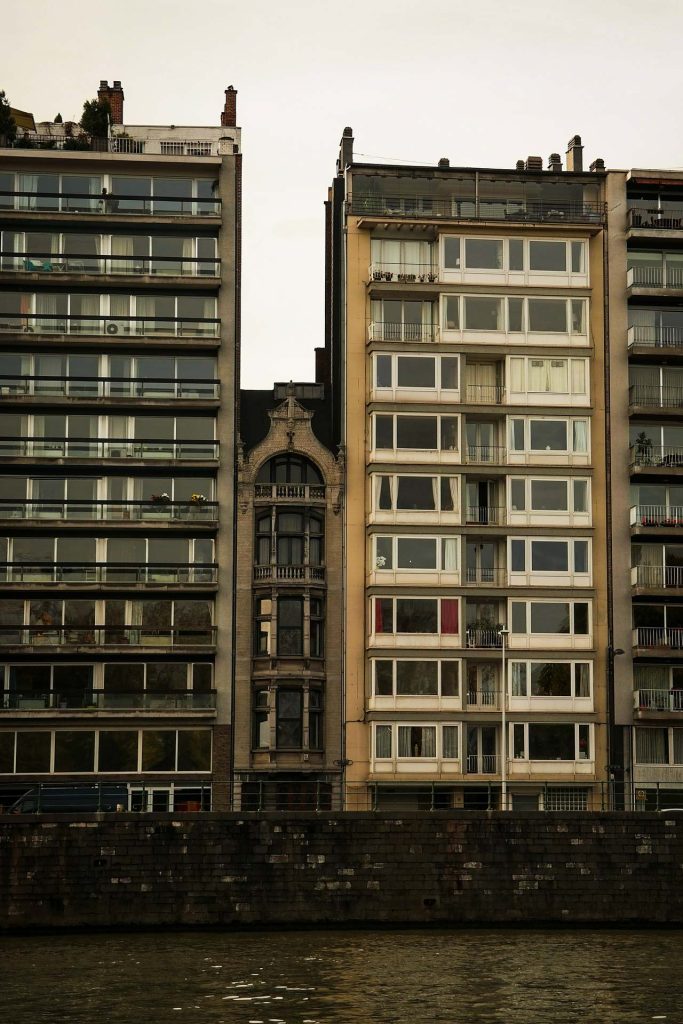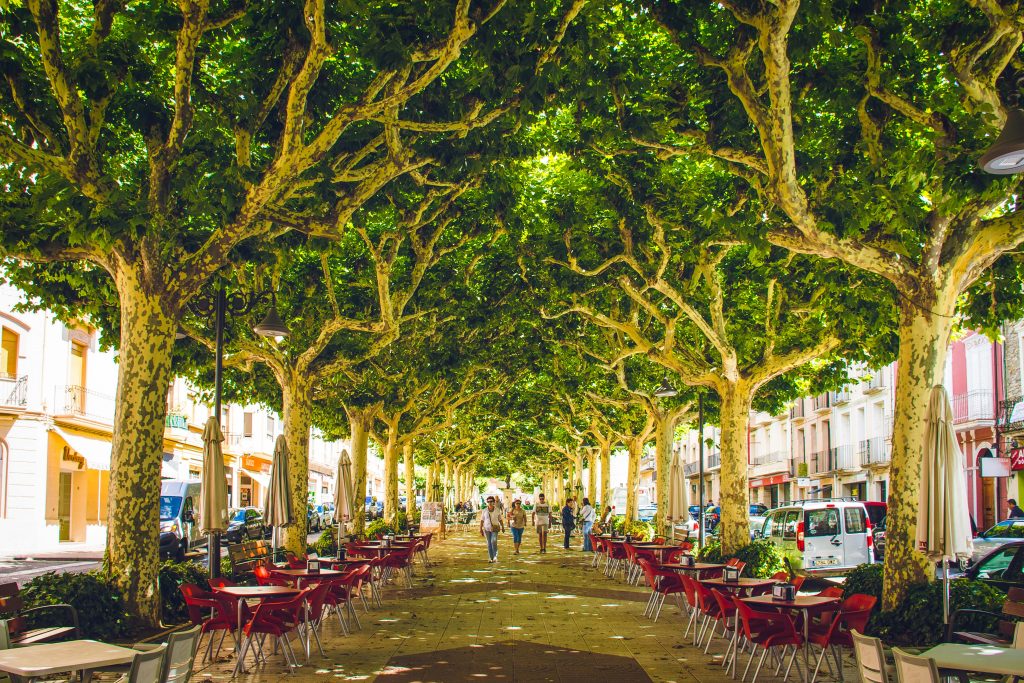The growing population of urban dwellers has an archenemy: space. Many cities don’t have enough of it. Or so it seems. Creating more space in dense cities is a tricky (yet possible) task. Below we’ve summarised some of the challenges you may stumble across.
Even though many of our cities already feel relatively dense, there are still ways to carve out more space and extend crucial infrastructure like housing. How? Mainly by densifying the urban environment. That means infilling, repurposing, and refurbishing. These seemingly simple actions are tied to a unique set of challenges.
1. Rules and Regulations
Our cities are home to many different types of buildings and just as many regulations, zoning rules, and building codes. These make densifying cities – and hence creating more space – difficult. Land is often used inefficiently, and entire districts see their potential wasted, e.g. because local regulations only allow for the construction of single-family houses. One solution to this could be introducing abstract and more general planning rules.
2. Historical Loss
Due to urban growth boundaries introduced to protect the environment and limit sprawl, developers are often forced to densify the already existing urban space. As a result, present (inefficient) buildings are frequently modified, repurposed, refurbished, or even demolished and replaced. While such densification can regenerate a neighbourhood, it can also result in the destruction of historically significant buildings if not planned carefully.

3. Spotting Unused Space
Most large cities are already relatively dense. Finding unused space requires patience. Get ready for some long strolls around the city. If you look carefully, you will eventually spot potential plots everywhere. There are fillable gaps between buildings, old factories begging to be repurposed, and – especially after the Covid pandemic – potentially even office spaces that are no longer in use. All you have to do is spot them.
4. Unlocking Unused Space
Finding unused space may be tricky, however, the real challenge is unlocking it. Properties or plots of land are often left empty due to speculation or because developers are planning to realise a project someday… in the future… potentially. Gaining access to such sites requires effort and time.
5. Repurposing Unused Space
Once you’ve unlocked a site, you will have to repurpose it. What sounds easy can be quite thorny at times.
If you are planning to erect a new building, you may need to consider unusual options, such as units along back lanes or alleys, tiny houses, or some of these ideas:
Whatever you opt for, filling unused space with new, unusual projects often stirs protests based on NIMBYism (more on this below). This makes realising your vision difficult.
However, refurbishing an existing building is not necessarily easier. Monument protection guidelines, building materials that are antique and potentially hazardous (like asbestos), and high costs may put obstacles in the way of your project.
Generally, sites can also be used on a meanwhile basis, making use of the space before permanent developments are put in place.
6. Mindset
Many believe the term ‘spacious, dense city’ to be an oxymoron. Density is often viewed critically and associated with slums, people living in shoeboxes, or towers in the park. Owed to these perceptions is the opposition to density. People openly oppose or are reluctant to approve of densification, especially within their neighbourhood.
Handling NIMBY attitudes is usually tricky. Urbanist Brent Toderian recommends confronting NIMBYs with QIMBY (Quality In My Backyard), i.e., starting a conversation and exploring how density can bring value to our neighbourhoods. By doing so, you may sway sceptics.

7. The Bigger Picture
Another challenge is getting the built form and infrastructure right. Even in the densest urban environments, each unit must provide sufficient ventilation and enough natural light.
Residents should also be able to easily access crucial amenities. If a city densifies but does not scale up its public transport system, green spaces, and cycle lanes, residents’ wellbeing will suffer.
People need to be moved (and move) both efficiently and sustainably. However, introducing more greenery, going car-free, extending cycle networks, and encouraging walking all come with unique challenges.
8. Thinking Outside the Box
In the future, we will need even more innovative solutions to densify our cities and keep them liveable. Thinking beyond current limits is sometimes challenging and calls for creativity. Listen to Richard Hassell’s stimulating Tedx Talk for inspiration.
The Challenge of Creating More Space in Dense Cities in a Nutshell
You will have to navigate through complex rules and regulations, avoid the loss of historic buildings, as well as spot, unlock, and repurpose unused space. On top of that, NIMBYs might thwart your plans, and you also need to look at the bigger picture and find innovative solutions to ensure dense cities remain liveable. One thing is clear: creating more space in dense cities is not a walk in the park. Equipped with this overview of potential challenges, however, you are one step closer to achieving your goal.


